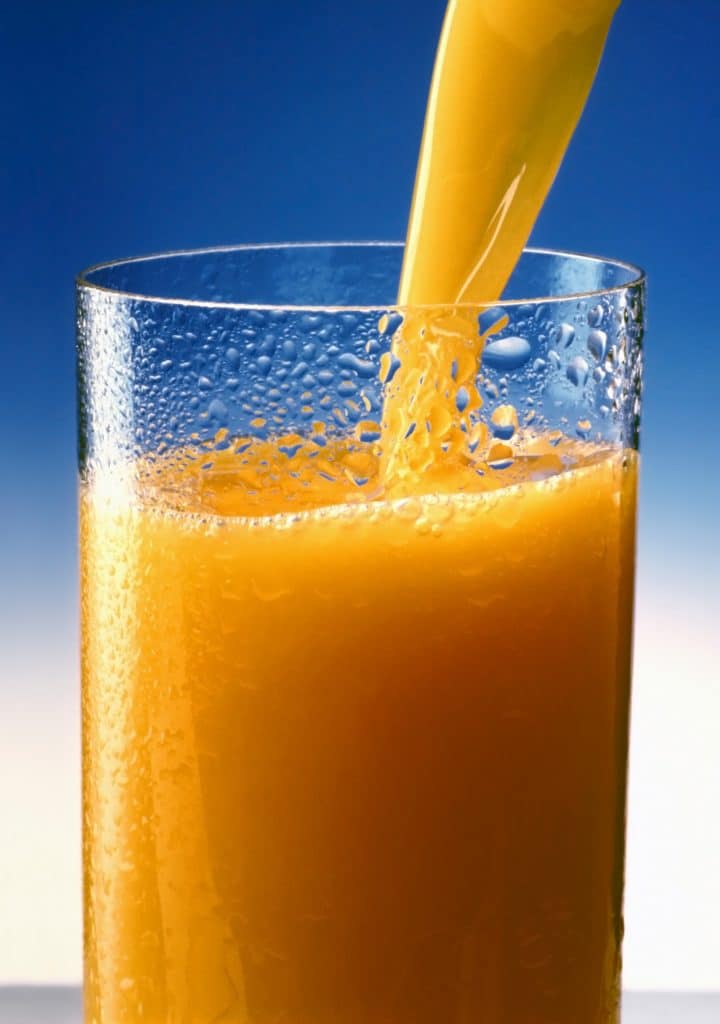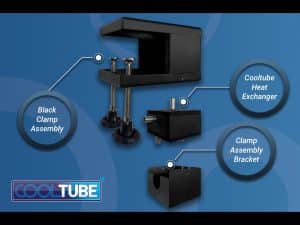HRS Heat Exchangers has supplied a leading Mexican orange juice producer with a complete pasteurisation system that uses a novel electrical heating method. The new system maintains the properties of freshly squeezed juice, which are adversely affected during traditional pasteurisation processes, allowing the company to increase its presences in the lucrative North American ‘as fresh’ juice market.
The trouble with heat
Pasteurisation is a well-established method for increasing the shelf life of juice and reducing the likelihood of microbiological spoilage, but it requires the use of heat, which adversely affects product quality. The popular High-Temperature, Short-Time (HTST) pasteurisation technique aims to limit these adverse effects by cutting the amount of time that the product is exposed to heat. However, it still takes time to evenly heat the product, adding to the total processing time and increasing the risk of adversely altering the product’s organoleptic properties.
By contrast, ohmic heating, which uses electricity to rapidly and uniformly heat the product, has been scientifically shown to be highly effective at inactivating bacteria, yeast and moulds while maintaining the flavours and quality of fruit juice.1
Incorporating ohmic technology
HRS was approached by a leading Mexican fruit juice producer who wanted to use ohmic pasteurisation. With almost 40 years’ experience installing food and drink pasteurisation systems around the world, HRS was ideally placed to supply this technology as the heating section of a complete pasteurisation system which included pre-heating and cooling elements as per the client’s request.
HRS Food Business Development Director, Francisco Hernández Ortiz explains:
“The ohmic system works by passing electricity between two electrodes in the product in a 1 m ceramic tube, so the electricity has to pass through the product. The result is that the juice is heated up to 105°C within one second. It is then held at this temperature for four seconds before being cooled. Ohmic technology itself is not new, but this system uses the latest electronics to ensure that the temperature curve is very smooth, which not only helps to preserve product quality but also improves process efficiency.”
A lucrative market
Maximising efficiency is important as, depending on local electricity prices, ohmic heating can be a more expensive process than traditional methods of heating products for pasteurisation. It also represents a larger capital investment, with the ohmic heating unit accounting for a significant part of the total project cost. However, the client believes that the proven benefits in terms of quality and the ability to market their product in the lucrative US ‘as fresh’ market justify the additional investment.
The final system designed and installed by HRS has the capacity to treat 18,000 litres (18 tonnes) of juice each hour. Once the juice has been pasteurised it is important to cool it as quickly as possible to prevent any additional quality changes. This is achieved using an HRS MI Series stainless steel shell and tube heat exchanger. The product is initially cooled by water, with the recovered energy being used elsewhere in the process, while a final cooling phase with glycol achieves a final product temperature of 2-4°C.
Francisco adds:
“As a heat treatment specialist, HRS were able to provide a complete system which incorporated the required ohmic heating element, and we can deliver reliable process solutions for a range of heat-related applications in the food industry.”





